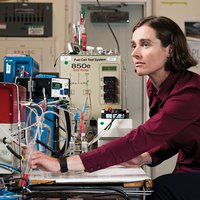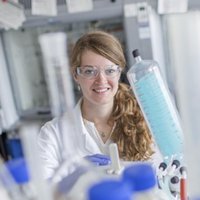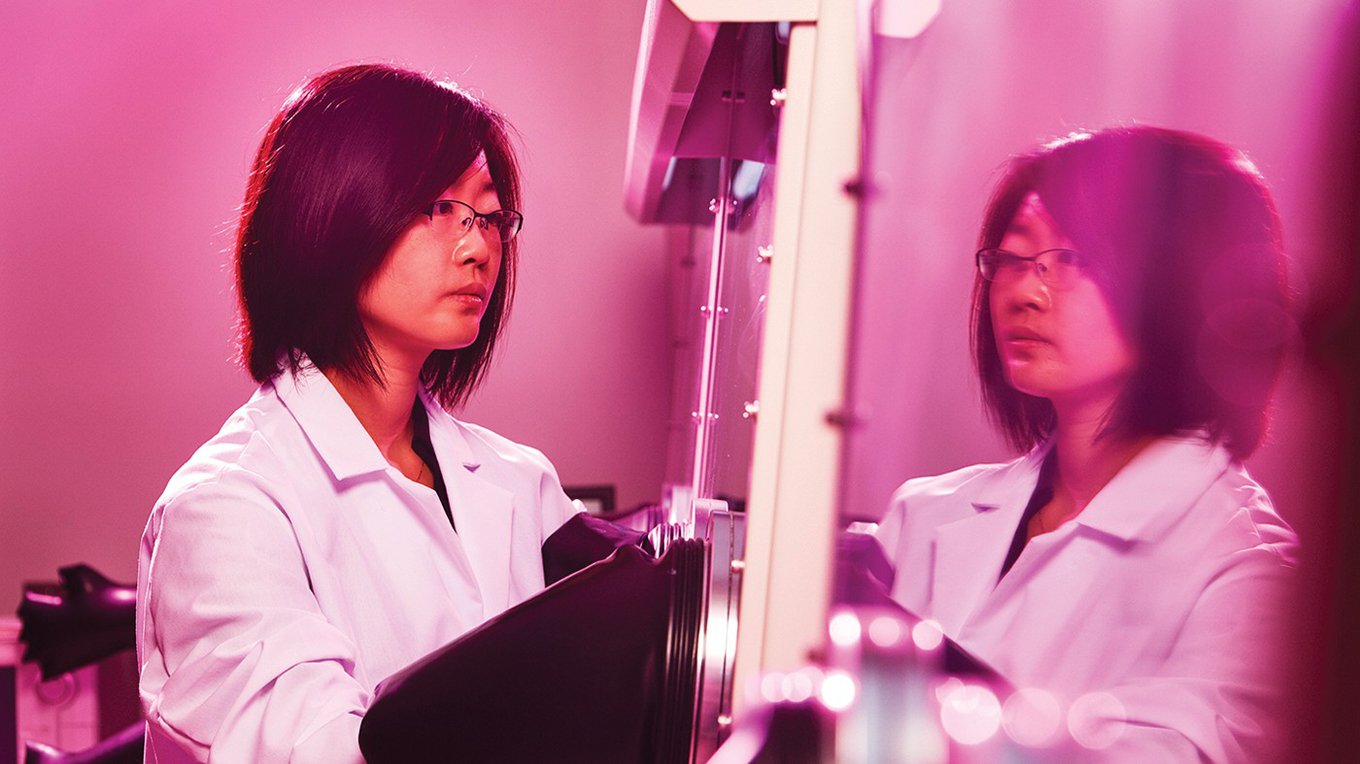Energy & sustainability
Ying Diao
She knows how to print perfect plastic solar cells.
Photos by Seth Lowe

Global
Kendra Kuhl
She developed a simple reactor to turn carbon dioxide into useful chemicals.

Europe
Clémentine Chambon
Sustainable, miniature power stations that provide electricity to the neediest communities

Latin America
Danilo Alberto Cantero Sposetti
His reactor that obtains sugars from cellulose could allow biomass to substitute petroleum

Global
Jia Zhu
What to do if there is no clean water around.

